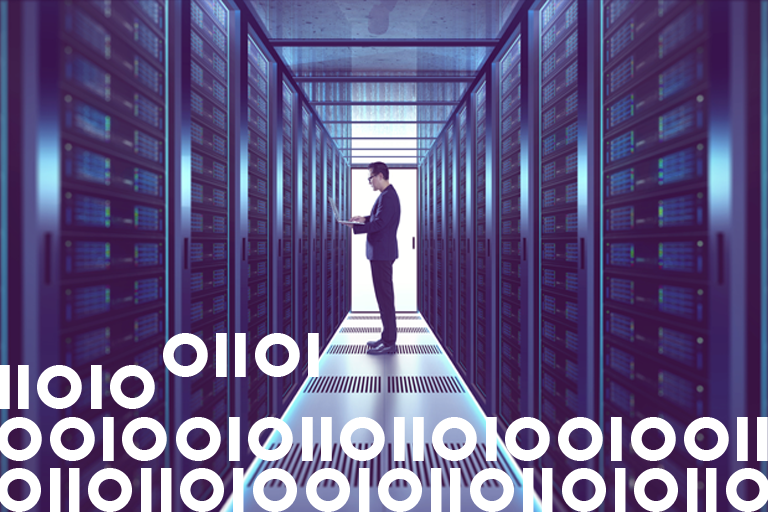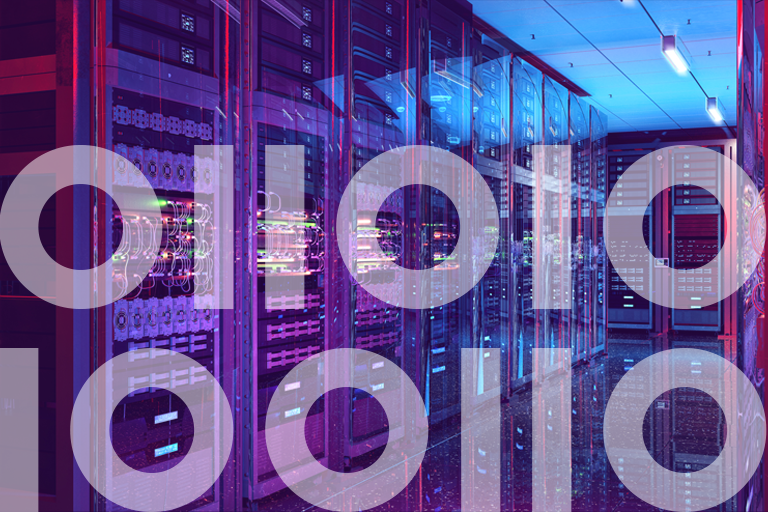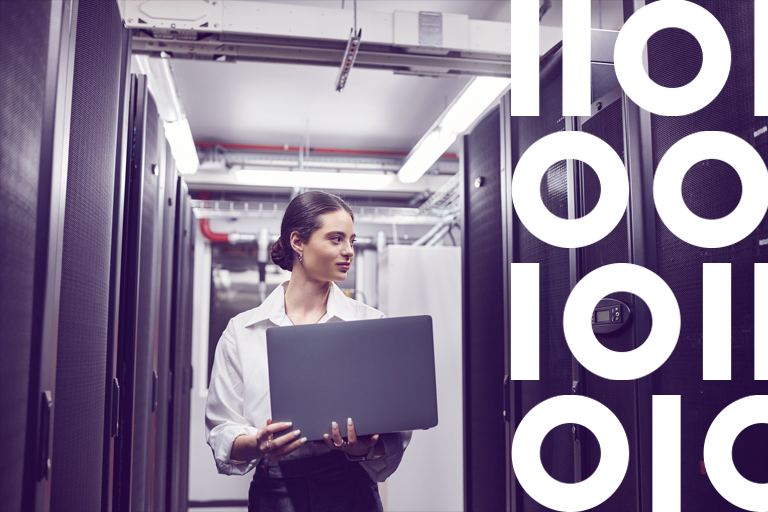For decades, mainframes have provided a powerful and secure backbone for enterprise computing. But today’s cloud platforms offer similar capabilities, with the added benefits of flexibility, elasticity, and virtually unlimited scalability. The cloud helps companies lower their capital expenditures, enhance operational efficiency, and innovate faster.
The transition from mainframe systems to a cloud-first strategy can be complicated. Migrating applications and data are potentially expensive, time-consuming, and fraught with risk. However, mainframe modernization is not an all-or-nothing proposition. Many organizations adopt a long-term approach, leveraging the relative strengths of both mainframe and cloud systems.
This integrated strategy keeps a wide range of IT options open, blending the reliability of mainframes with the innovation of cloud computing. This article explores the nuances of mainframe optimization, outlining the drivers, common patterns, and key methods and tools for effective implementation.
A Practical Approach to Mainframe Modernization
Mainframe systems still have a lot of supporters among IT professionals, and for good reason. A single IBM z16 mainframe can process as many as 19 billion credit card transactions every day. These systems support containerized applications, virtualization, AI and machine learning, API and cloud connectivity, and more. They’re also valued for their rock-solid reliability, boasting 99.999% uptime.
In light of this, modernization should not be viewed as a replacement strategy so much as an approach to unifying mainframe operations with today’s cloud platforms. To achieve that, IT leaders must understand the various methods and tools available to them, and how to design a manageable roadmap that balances costs, risks, and benefits.

Mainframe Modernization Patterns
Every organization’s IT landscape is unique, as are its business processes and requirements. Nevertheless, it can be helpful to segment the various functions performed by IT systems into a few broad categories.
Today’s cloud systems excel at high-volume data storage, powerful analytics, AI, and software & systems development. Mainframes have outstanding transaction processing capabilities, offering speed, security, scalability, and reliability. Modernization enables an organization to leverage the strengths of each platform, without making large-scale changes that can be both costly and disruptive.
There are three potential approaches to mainframe modernization:
- Data Replication creates a duplicate copy of mainframe data in a cloud data warehouse or data lake, enabling high-performance analytics virtually in real time, without negatively impacting mainframe performance.
- Cloud-based DevOps provides a modern, agile environment for developing and maintaining applications and services that interact with the organization’s mainframe data.
- Mainframe migration involves moving existing workloads off the mainframe and into the cloud. Typically, this involves refactoring and replatforming mainframe applications. It frequently also means moving operational data from native mainframe databases to modern relational databases.
Let’s examine each of these patterns in greater detail.
Data Replication
Many organizations begin their modernization journey to leverage powerful cloud analytics and decision support tools, including business intelligence, interactive queries, and real-time search. In the data replication pattern, information generally flows in one direction, from the mainframe to the cloud. Real-time or near real-time replication is most common.
To avoid burdening mainframe databases with constant I/O instructions and acknowledgments and prevent latency issues, best practices call for the use of event streaming platforms like Kafka, Amazon Kinesis, Rabbit MQ, or others. This facilitates a continuous streaming approach, allowing for extremely high throughput rates.
Regardless of whether or not a company decides to completely migrate off of the mainframe, data replication is a crucial first step that will be needed for any type of mainframe modernization strategy.
Cloud-based DevOps
Cloud-based DevOps facilitates the inclusion of mainframe data and mainframe development into the organization’s development efforts at large. This leads to more powerful and tightly aligned web applications, system APIs and functions, mobile apps and UIs, etc. The cloud-based DevOps pattern helps to eliminate friction between an organization’s increasingly interdependent cloud and mainframe development efforts.
Over time, the harmonization of mainframe and cloud development efforts will strengthen team cohesion and reduce both costs and timeframes for project delivery. Code quality and system interoperability will generally improve as well.

Mainframe Migration
Mainframe migration is a far more comprehensive approach involving the replacement of most or all mainframe applications and databases with cloud-native alternatives. This strategy generally involves significantly higher cost and risk because it requires large-scale changes to highly complex and interdependent systems.
Typically, a mainframe to cloud migration includes re-factoring code to a modern object-oriented language such as Java or C# and moving to a modern relational database. You must carefully consider various mainframe functions, including security, system logs, metadata, and COBOL copybooks when moving to the new cloud platform.
Given the complexity and scope of mainframe migration projects, most organizations seek help from outside experts, leveraging proven offerings such as the Mainframe Modernization Service offered by AWS.
eBook
Best Practices for Mainframe Modernization
Mainframe systems have been the ultimate platform for powerful and secure computing for decades. They provide the core IT infrastructure upon which the world’s preeminent global enterprises and largest governments depend to run their entire operations. Read our ebook to learn more.
Best Practice 1. Start with Mainframe Data Replication
Regardless of which pattern you choose, you will eventually need to extract data from the mainframe and move it somewhere else. Many organizations find real-time data replication to be a powerful first step in their modernization journey.
Change data capture (CDC) technology simplifies this process, offering flexibility, reliability, accuracy, and performance. Replicating mainframe data to the cloud in real time offers a fast track to leveraging powerful cloud analytics, AI, enterprise search, and more.
Best Practice 2. Mind Your Metadata
When you move data from one system to another, it’s important to maintain metadata regarding that data’s lineage. This is critical for ensuring data integrity and essential for regulatory compliance, including financial auditing, data privacy, and industry-specific regulations.
Given the importance of metadata management, organizations must adopt best-in-class solutions designed to accommodate this requirement out of the box. Bespoke data replication solutions developed in-house often fail to deliver the necessary level of metadata management.
Best Practice 3. Make It Scalable and Repeatable
Mainframe modernization projects typically involve a myriad of different data replication scenarios. Those will change as your mainframe and cloud environments evolve, and may even call for integration of cloud data back to the mainframe.
It’s important, therefore, to avoid the hard-coded data replication tools that many organizations develop in-house. Look for flexible, scalable data replication technology that supports a “build once, deploy anywhere” approach and can easily be tailored to adapt to the inevitable changes to both platforms over time.
Best Practice 4. Integrate Your System Security
Many mainframe systems operate as distinct silos within the enterprise IT landscape. If your mainframe systems are not integrated with your SEIM solution, you could be operating with some blind spots in security. Continuous and fully integrated access to security records is essential for your operations management and regulatory compliance teams.
By replicating security events to your existing SEIM solution, you can close that gap, eliminate the silo effect, and build stronger defenses against cybersecurity threats.
Best Practice 5. Build a Holistic Data Governance Framework
Most enterprises have made significant progress in developing a sound data governance framework. Mainframe modernization can add significant complexity, requiring a fresh look at data governance and the implications of data replication. Without a proactive posture toward data governance and data integrity in general, organizations run a risk of diminished control, degradation of data integrity, and non-compliance.
Mainframe modernization offers enormous potential gains and advantages, but it also raises a host of new challenges. It’s important to develop a sound roadmap and vision for your organization’s modernization journey. Want to learn more? Read our free e-book, Best Practices for Mainframe Modernization.







